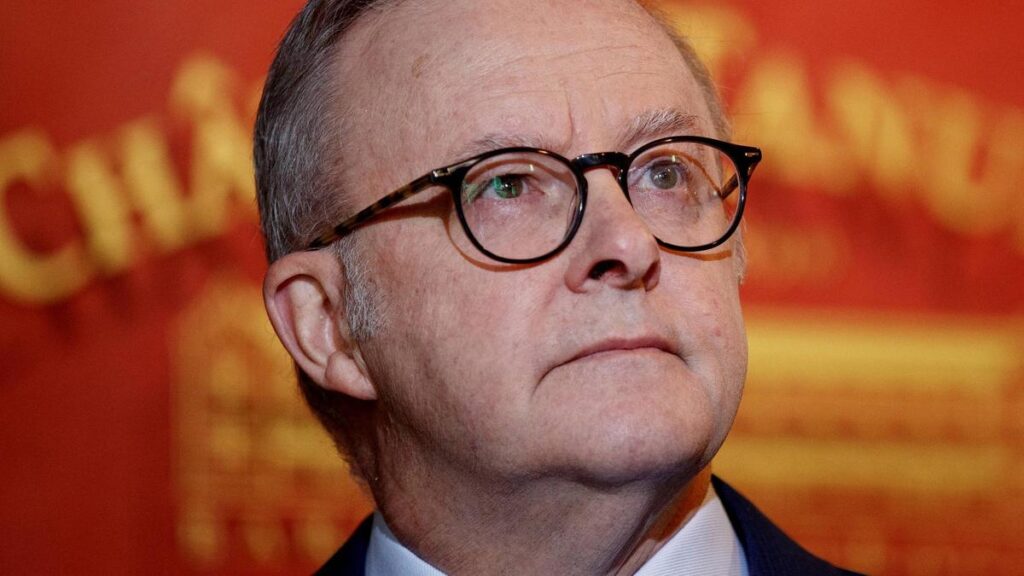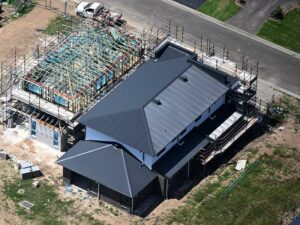
A senior US defense official has reiterated the United States’ commitment to encouraging its allies, particularly Australia, to increase military spending in light of growing security challenges in the Asia-Pacific region. Elbridge Colby, the US Undersecretary of Defense, emphasized that the US will “not be deterred” in its call for allied nations to bolster their defense budgets, specifically amidst concerns over China’s military ambitions.
In a recent statement, Colby highlighted the US strategy of “achieving peace through strength,” underscoring the necessity for allied nations to enhance their defense spending and overall contributions to collective security. His remarks follow calls from US Defense Secretary Pete Hegseth for Australia to raise its defense investment from the current 2 percent of GDP to 3.5 percent, equating to an increase of approximately $40 billion. This proposed figure significantly exceeds the Australian government’s current commitment to reach 2.33 percent by 2033.
Colby’s insistence on increased defense spending comes at a time when reports indicate that US officials are pressing Australia and Japan to prepare for potential scenarios involving China, particularly regarding Taiwan. He stated that while the US does not seek conflict or dominance over China, it aims to ensure that both the US and its allies maintain sufficient military strength to support diplomatic efforts and uphold peace in the region.
Regional Responses and Australia’s Position
In response to these pressures, Australia’s Acting Defense Minister Pat Conroy has refrained from discussing hypothetical military commitments or revealing private conversations on defense matters. He asserted, “The sole power to commit Australia to war or to allow our territory to be used for a conflict is the elected government of the day. Sovereignty will always be prioritized, and that will continue to be our position.”
Australia has consistently pushed back against US calls for increased defense spending, stating that funding levels will be determined based on its own sovereign needs. This has raised questions about the strength of the US-Australia alliance, particularly as Prime Minister Anthony Albanese navigates the complexities of international relations and defense commitments.
The Prime Minister is under increasing political pressure to engage directly with Donald Trump, especially following Trump’s re-election as President in November. The two leaders are set to meet face-to-face in early September during the Quad summit in India, marking their first in-person discussion since the election, although they have communicated via phone on three occasions.
In parallel, Foreign Minister Penny Wong, currently on a diplomatic mission in China, echoed Albanese’s sentiments that Australia’s security strategy should not solely be defined by the actions of China or the US. Wong remarked that Australia would pursue its own diplomatic approach, emphasizing the importance of establishing independent relationships and rules within the shared regional context.
As tensions in the Asia-Pacific continue to evolve, the dynamics of defense spending and military preparedness are likely to remain focal points of discussion between the US and its allies, particularly Australia. The push for increased military investment highlights the broader strategic challenges facing the region and the necessity for collaborative efforts to address them.







